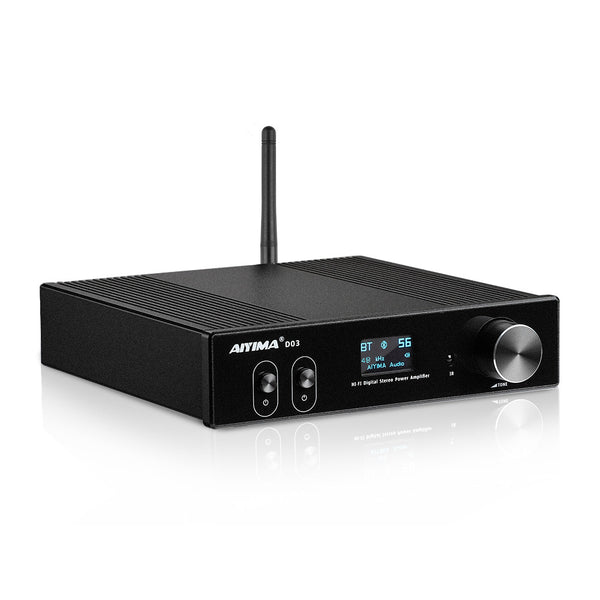The Umik is necessary for REW and Dirac if you pay for that license. REW and Dirac can be used for room correction which can create a marked improvement in system performance. REW can also be used to determine appropriate subwoofer volume, crossover slopes, and delay. If you get these settings right before performing room correction you usually end up with an even better result. However while the Umik is very useful, you technically do not need it to get your system setup and operating with DSP. There are corrective PEQ settings for most of the speakers measured here which you can enter into the miniDSP, and you can guesstimate subwoofer volume and crossovers to get up and running with decent sound.
My point being, don't be overwhelmed by the possibilities of DSP, there's nothing wrong with having it and not using it to it's fullest. Keep in mind that you need a PC connected to the miniDSP to make setting changes.
Separates are preferred by some, there are pros and cons. Theoretically having a fully active system allows for a more efficient speaker system with better damping factor, lower IM distortion, and a more sophisticated crossover. Passives allow for selection of higher end electronics which may be more serviceable and will probably have higher resale value. If you have a look at our speaker index and sort based on preference score though, at this price range actives don't necessarily dominate. Keep in mind that the preference score is not exact, many people say anything within +/-1.0 could sound significantly better or worse than something that scores in that range. Others here think there is no validity to the preference score at all. Never the less here is the top of the list for speakers less than $200 each.
View attachment 199656
The top four are DIY, and I am a big fan of the
Philharmonic AAM wich is a modified version of the Pioneer SP-BS22-LR. The
JBL Stage A130 is a very decent passive speaker for how inexpensive it is, although
Erin's measurements did not look so rosy. The
JBL Studio 530 scores 7.3 but is not on this list because the price was not entered correctly. The Kali LP-6 measured here was version 1,
Erin measured version 2 and it would score 7.7 here which puts it near the top of the list. The Kali is often on sale for less than $300 per pair with amplification which is a bargain considering the performance. It has better bass extension and output capability than something like the Pioneer or the Zaph. The
Kanto YU was measured here and just doesn't have the same level of performance. It is not really a fully active speaker, just a passive speaker with electronics built in which is kind of the worst of both worlds.


